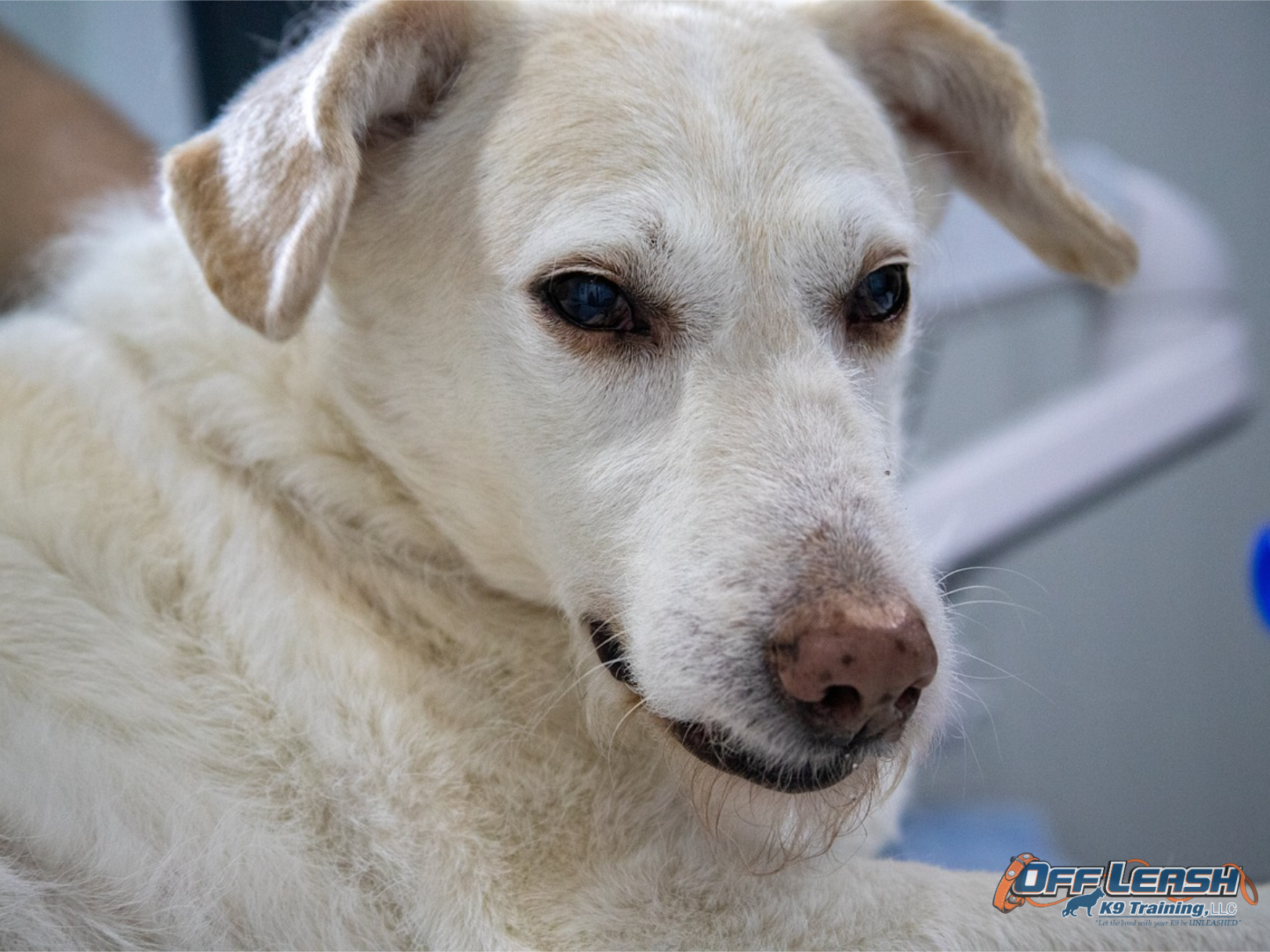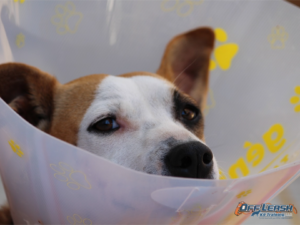This article highlights the importance of having a well-equipped doggy first aid kit, including essential items such as adhesive tape, cotton balls, and medications like Benadryl, and provides tips on tailoring the kit to your dogs needs and maintaining it regularly.
Introduction to Doggy First Aid Kits
Owning a doggy first aid kit is not just a recommendation; it’s a fundamental aspect of responsible pet ownership. Such a kit arms you with the tools and supplies necessary to address minor injuries or emergencies your dog might face. Whether it’s a sudden cut during a walk, a bee sting at the park, or a twisted paw on a hiking trail, having a first aid kit means you can provide immediate care. This readiness not only helps in managing the situation effectively but also in preventing any minor issues from escalating into serious health concerns.
The value of a doggy first aid kit extends beyond its contents; it offers pet owners peace of mind. Knowing that you are equipped to handle unexpected injuries or ailments until you can reach a veterinarian can significantly reduce anxiety in emergency situations. This preparedness is crucial, especially when exploring the outdoors or during travel, where access to professional veterinary services might be delayed. Moreover, familiarizing yourself with the items in your kit and understanding their uses can enhance your confidence in providing first aid to your pet, further ensuring their safety and well-being.
Essential First Aid Items
 Basic Supplies
Basic Supplies
A well-stocked doggy first aid kit should include adhesive tape for securely fastening bandages around wounds. This simple item can make a significant difference in the treatment of injuries, keeping the area clean and protected from further harm. Cotton balls, another staple, are incredibly versatile, serving as gentle tools for applying antiseptics or medications to sensitive areas.
Hydrogen peroxide is a critical inclusion, known for its effectiveness in cleaning wounds. Additionally, it can induce vomiting in cases of poisoning, under the guidance of a veterinarian, making it an invaluable tool in emergencies.
Medications and Treatments
For allergic reactions, Benadryl can be a lifesaver, but it’s crucial to consult with a veterinarian for the correct dosage based on your dog’s weight and health condition. Collagen hydrolysate is another beneficial item, aiding in wound protection and promoting faster healing, while Epsom salts can provide relief for paw injuries or infections through soaking.
Tools and Accessories
A slip leash is indispensable for safely managing and transporting an injured dog. It ensures control over the pet without causing additional distress or injury. Nail clippers are essential for regular grooming but also prevent nail injuries, which can be quite painful and prone to infection. Keeping all these supplies in a waterproof container guarantees they remain dry and ready to use, regardless of the situation.
Documentation and Information
Including a pet first-aid guide in your kit can be incredibly helpful, offering step-by-step instructions for treating common emergencies. Moreover, having a record of your dog’s medical history and ongoing treatments at hand is vital, providing quick, easily accessible information that can be crucial during emergencies.
Preparing for Outdoor Adventures with Your Dog
Outdoor activities with your dog, whether hiking, camping, or beach outings, come with their own set of risks. Being prepared with a doggy first aid kit tailored for these adventures is essential. For instance, including a tick remover or tweezers ensures you can quickly address ticks or other parasites, minimizing the risk of disease transmission.
Hydration is key during outdoor excursions. Carrying collapsible bowls facilitates easy access to water, helping prevent overheating and dehydration. Understanding the specific challenges of your chosen activity and preparing accordingly can make all the difference in ensuring a safe and enjoyable experience for both you and your dog.
Items to Avoid in Your Doggy First Aid Kit
Creating a first aid kit for your dog requires not only knowing what to include but also what to strictly avoid. It might be tempting to add human medications such as ibuprofen or acetaminophen, commonly found in products like Tylenol, to your doggy first aid kit for pain relief or fever management. However, these substances are toxic to dogs and can lead to severe health complications, including liver failure and death. Therefore, it’s crucial to consult with a veterinarian before administering any medication to your pet, ensuring their safety and wellbeing.
In addition to human medications, there are other items that might seem harmless but can be dangerous for your furry friend. For instance, bug sprays containing DEET, a common ingredient found in many insect repellents for humans, are toxic to dogs and can cause neurological problems. Furthermore, certain foods that are safe for human consumption, such as chocolate, grapes, and xylitol (a sugar substitute found in sugar-free gum and candies), can be extremely harmful to dogs. These foods can cause a range of issues from gastrointestinal upset to more severe conditions like xylitol-induced hypoglycemia and chocolate toxicity, which can be fatal in some cases. Being aware of these hazards and ensuring they are nowhere near your doggy first aid kit is essential for your pet’s safety.
Tailoring the Kit to Your Dog’s Needs
Tailoring your dog’s first aid kit to their individual needs is a critical step in ensuring their safety and well-being. The specific health concerns, breed vulnerabilities, and even the activities your dog regularly engages in can dictate what items are essential for your kit. For instance, breeds such as Bulldogs or Pugs, with their distinctive snouts, may be more prone to respiratory issues, suggesting the inclusion of items that can aid in breathing difficulties. Similarly, active dogs that enjoy rigorous outdoor adventures might need more comprehensive wound care supplies to manage any injuries sustained during their escapades.
Moreover, the age and general health of your dog play a significant role in customizing your first aid kit. Older dogs, for instance, might suffer from arthritis, necessitating the inclusion of joint supplements or specific medications to alleviate discomfort. Taking the time to consult with a veterinarian can be invaluable, allowing you to create a kit that not only addresses general emergency scenarios but is also equipped to handle the unique needs of your dog. This personalized approach ensures that whether you’re at home or exploring the great outdoors, you’re prepared to provide the best care for your furry friend in times of need.
Regular Maintenance and Review of Your Doggy First Aid Kit
Maintaining a doggy first aid kit is not a one-time task but a continuous process to ensure that it is always ready when needed. Regular checks are essential to identify and replace expired items, such as medications or sterile supplies, which might lose their efficacy over time. This practice not only guarantees the kit’s effectiveness but also provides an opportunity to refresh your knowledge of the contents and how to use them in an emergency. Furthermore, it’s advisable to keep the first aid kit in a consistent, easily accessible location, ensuring that everyone in the household knows where it is. The importance of having a DIY first-aid kit for pets during emergencies.
As your dog ages or if there are changes in their health or lifestyle, your doggy first aid kit should evolve too. For example, if your dog develops a condition that requires specific medication, ensuring that the first aid kit contains this medication can be lifesaving. Additionally, if you begin to engage in new activities with your dog, such as hiking or swimming, adjusting the contents of your first aid kit to include relevant items like tick removers or waterproof bandages will better prepare you for any incidents related to these activities. Regularly consulting with your veterinarian can also provide valuable insights into customizing your doggy first aid kit to meet your pet’s specific health needs. Keeping your kit updated and tailored to your dog ensures that you are always prepared to handle any situation that may arise, offering peace of mind and the best possible care for your furry friend.
Conclusion: Ensuring Your Dog’s Safety and Well-being
Creating a comprehensive doggy first aid kit is an essential aspect of responsible pet ownership. It empowers you to respond swiftly and effectively to a variety of health issues your dog might face, from minor scrapes to more urgent emergencies. This preparedness not only helps in managing the situation until professional veterinary care is accessible but also significantly contributes to your dog’s overall safety and well-being. In addition to assembling a first aid kit, engaging in educational resources can further enhance your ability to care for your pet in any situation.
Off Leash K9 Training of Tucson stands as a beacon for pet owners seeking to deepen their understanding of dog care and training. With an array of programs focused on obedience, behavior modification, and more, they offer invaluable support to ensure your dog remains healthy, happy, and well-behaved. By exploring the resources available at Off Leash K9 Training of Tucson, you can equip yourself with the knowledge and skills needed to navigate the challenges of pet ownership, ensuring a fulfilling and joyful life for you and your canine companion.


 Basic Supplies
Basic Supplies

